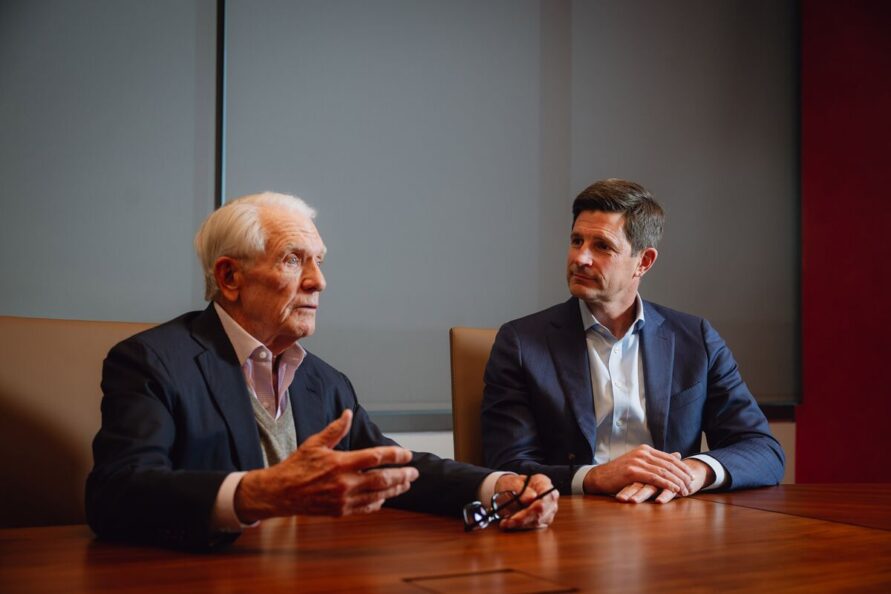Charles Schwab Rises from the Ashes of Bank Turmoil
In the wake of financial upheaval that threatened several regional banks in California and New York, Charles Schwab Corp. emerged as a major player in the financial services landscape that faced significant scrutiny. Commonly known as the brokerage founded by the familiar figure “Chuck” from numerous television advertisements, Schwab’s stock faced intense pressure as investors worried about potential asset-liability mismatches reminiscent of the collapsing regional banks. However, current reports indicate that the company has rebounded and is looking toward a promising fiscal future.
The Crisis and Its Aftermath
Two years ago, the financial sector was rocked by the decline of several regional banks which created a ripple effect felt across the industry. The situation escalated when these banks faltered, leading to widespread fear and uncertainty regarding their stability. Charles Schwab, despite its prominence, was not immune to this turbulence. Concerns regarding its unrealized losses led to a decline in its stock value, with investors drawing parallels between Schwab’s challenges and those of the failing banks.
As Walt Bettinger steps down from his role as CEO—having overseen a tumultuous phase for the company—Schwab is poised to regain its footing. “As storms come, storms also go,” remarked Bettinger, reflecting a perspective on the cyclical nature of financial markets. His tenure at the helm has been marked by not only the recent volatility but also a fundamental recalibration of strategies to withstand such storms.
Schwab’s Recovery and Growth Outlook
As of late 2023, Schwab’s situation appears much more stable. After a prolonged period of stock market recovery spanning a year and a half, Schwab has seen significant improvement in its standing. The unrealized losses that had previously weighed heavily on the company are now diminishing, allowing for renewed optimism among investors. In December, Schwab revised its growth outlook for 2024, projecting potential growth of up to 3.5%, signaling confidence in its operational strategy moving forward.
This optimistic outlook comes at a key time, as the financial landscape continues to evolve. With ongoing fluctuations within the industry, Schwab’s ability to navigate these challenges can set a precedent for other financial institutions aiming for recovery.
The Financial Landscape Ahead
Despite the recent stabilization, the banking sector remains in a state of flux, with experts debating the broader implications for both regional and larger financial institutions. The question of whether Schwab’s recovery is indicative of a larger trend or simply an isolated event continues to fuel discussions.
Furthermore, while Schwab may have emerged stronger from the storm, the vulnerabilities exposed by the recent banking crisis underscore the importance of asset-liability management—a lesson learned by many players in the financial industry. Analysts and investors alike will be closely monitoring Schwab’s subsequent performance and strategies as a bellwether for broader financial health.
In conclusion, the narrative surrounding Charles Schwab serves as a microcosm of the larger trends in finance today. While the company has demonstrated resilience in the face of adversity, its path ahead will undoubtedly influence how both investors and consumers perceive stability in an increasingly volatile marketplace. The industry’s ability to learn from recent disruptions and adapt will determine the trajectory for firms like Schwab, and the confidence shown by its leadership marks an important chapter in its history.









